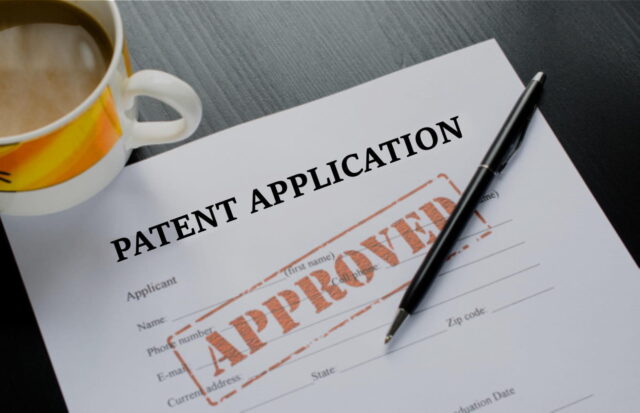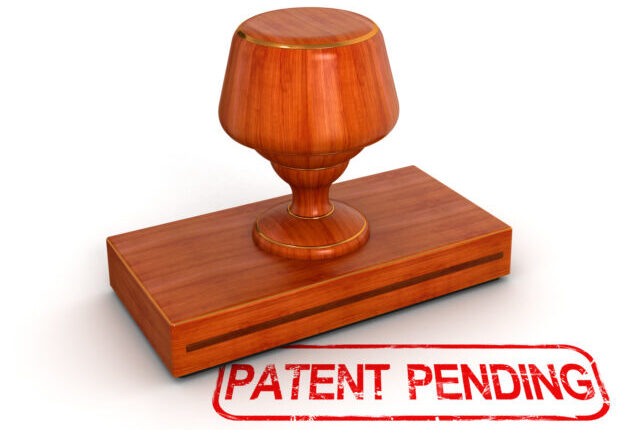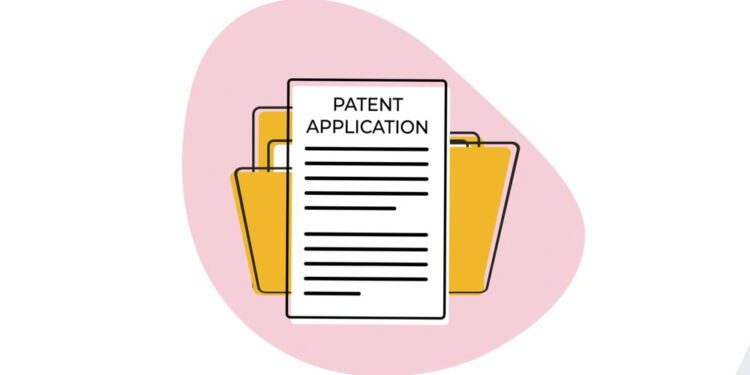When inventors and innovators develop new and unique creations, they often seek to protect their intellectual property through the patent application process. Patents grant exclusive rights to the inventor for a limited period, enabling them to prevent others from making, using, or selling their invention without authorization.
However, obtaining a patent is not a quick or straightforward process. It involves several steps and can take a considerable amount of time. Let’s explore the patent application timeline and what inventors should expect during the process.
Preliminary Research and Invention Disclosure
The first step in the application timeline is conducting thorough research to ensure that the invention is novel and doesn’t already exist in the public domain. Inventors should also document their invention’s details and submit an invention disclosure to their employer or attorney, outlining the essential aspects of the innovation.
Prior Search
Before proceeding with the formal application, a prior search is essential. This involves investigating existing patents, publications, and other public disclosures to determine if the invention is unique and eligible for protection.
Conducting a thorough prior search can be a daunting task, but there are professional services available, such as “InventHelp,” that specialize in assisting inventors throughout this crucial stage of the patent application process.
Drafting the Patent Application

Once the prior search is complete, the next step is to draft the patent application. This is a complex legal document that describes the invention’s technical details, its novelty, and how it differs from existing technology. Hiring a patent attorney or agent experienced in drafting such applications is crucial to ensure accuracy and increase the chances of success.
Filing the Patent Application
After thorough review and revisions, the inventor submits the application to the appropriate intellectual property office, such as the United States Patent and Trademark Office (USPTO) or the European Patent Office (EPO). The filing date is critical, as it establishes the priority of the invention.
Patent Examination
Following the filing, the patent application undergoes examination by a patent examiner. The examiner assesses the application’s compliance with laws and reviews its novelty, non-obviousness, and usefulness. This examination phase can take several months, and the applicant may need to respond to any objections the examiner raises.
Publication and Patent Pending

Once the patent application passes the initial examination, it is usually published in the office’s database. At this point, the invention is considered “patent pending,” indicating that the application is under review but not yet granted. The patent pending status provides some protection during the application process.
Granting or Rejection
After a thorough examination and addressing any objections, the office will either grant the patent or issue a rejection. If the application is approved, the inventor will receive a granted patent, providing them exclusive rights to their invention for a specific period, usually 20 years from the filing date.
Conclusion
In conclusion, the application timeline is a lengthy and intricate process that requires careful planning, thorough research, and legal expertise. Understanding the steps involved and what to expect during each stage can help inventors navigate the complexities of obtaining protection for their valuable innovations.
Patience, diligence, and the support of a skilled patent attorney are key to successfully securing patent rights and safeguarding intellectual property.
Here is our guide where you can learn how to get started with patenting your ideas.




